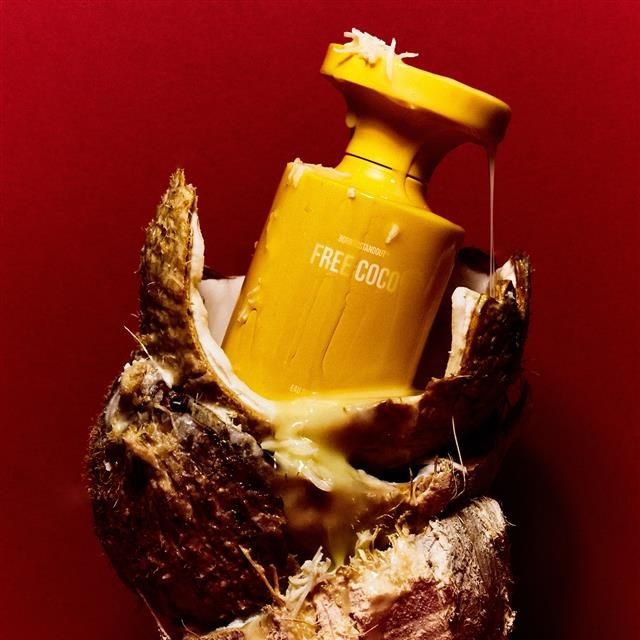Given everything we read and hear about it—in books, on Instagram, in movies—it’s no surprise that many of us think stress is all bad. But in scientific terms, there are two different kinds of stress and they’re not treated equally. There’s good stress and bad stress. The goal of life isn’t to have zero stress, which is biologically impossible, but to live a life with healthy, manageable stress that serves rather than harms you.
Good stress drives your life forward. It’s known as adaptive stress because it helps you adapt to life’s many demands. In fact, everything good in your life was created because of a little bit of healthy stress. Graduating from college, landing your first job, striking up a new friendship, planning your next vacation, or even cheering for your favourite sports team—all of these are examples of healthy stress. Stress becomes unhealthy when it begins to have a life of its own. It goes haywire, becoming a runaway train that’s difficult to control. Unlike its beneficial counterpart, this stress doesn’t serve a functional role. At best, it’s dysfunctional and counterproductive; when left unchecked, it can have a negative impact on your mental health.
The good news is that your unhealthy stress can be taken back to healthy levels with a few simple resets. And you don’t even need a six-month surfing sabbatical in Bali to make it happen. You can rewire your brain and body for less stress and more resilience right in the middle of your messy, overscheduled, complicated life using three small, powerful mindset shifts.
1. Get clear on what matters most
When it comes to taking action to decrease your unhealthy stress, it’s easy to get in your own way. You can feel overwhelmed with indecision. What should I try first? What’s going to really work? This isn’t a personal failing—it’s your biology of stress working exactly as it should. Under stress, your brain is led by an area called the amygdala, whose sole focus is survival and self-preservation. Because it’s hyper-focused on your immediate needs, thinking ahead gets tricky. Forward planning is led by another brain region called the prefrontal cortex, which takes a backseat to your amygdala under stress. You can get your prefrontal cortex back into the driver’s seat by reframing your inner monologue during such times of stress. Instead of asking “What’s the matter with me?”, ask yourself: “What matters MOST to me?” This isn’t a deep existential question; it’s about getting clear and creating a MOST goal. Try this exercise below to find your MOST goal. Choose a goal that feels:
Motivating (aspirational but not out of reach)
Objective (measurable and concrete)
Small (doable every day)
Timely (achievable within the next three months)
A common MOST goal is getting better sleep so you don’t wake up exhausted and instead, have more energy to be productive at work and greater mental bandwidth to simply make it through the day. Once you’ve decided your MOST goal, you can see a clearer path forward to take the first, most important step to act.
2. Switch from multitasking to monotasking
If you’re an overachiever, you’ve probably been complimented many times on your ability to multitask, both in your personal and professional life. It’s likely a badge you wear proudly. But multitasking is a myth. It’s a scientific misnomer perpetuated by hustle culture. Biologically, when you try to perform more than one task at the same time, what your brain is actually doing is task switching—moving from one task to another in rapid succession. The human brain is wired to do one thing at a time. Even though many of us believe we’re excellent at multitasking, studies have shown only 2.5 per cent of human brains can actually do it. Also, science shows that task switching can negatively affect your cognition, memory, attention, and ability to solve complex problems. Ironically, multitasking can make you less productive.
What we should be doing is monotasking. Is it even possible to do that in this modern world that celebrates hustle culture? The answer is time blocking. Let’s say you have three separate tasks you’re looking to complete within the next hour. Rather than trying to do them all at once, set a timer and create time blocks:
Time Block 1: Spend 20 minutes on Task 1, followed by a break of two to five minutes
Time Block 2: Spend 20 minutes on Task 2, followed by a break of two to five minutes
Time Block 3: Spend 20 minutes on Task 3, followed by a break of two to five minutes
During the designated time block, focus solely on the task in question. Once the timer rings, take a short break (more on brain breaks below) and then gear up for the next block. Monotasking is an effective, science-backed reset to decrease your bad stress and protect your mental health because it preserves your prefrontal cortex functions.
3. Make your ‘brain breaks’ intentional
You may believe that human productivity is linear, that the longer, harder, and faster you can work, the more productive you’ll become. But that’s not scientifically true. Your brain and body are biologically designed to need rest and recovery to function optimally, particularly when you’re feeling stressed. Short, frequent breaks through the day can recharge your brain, improving your focus, attention, and memory as well as decreasing your cumulative stress. Your brain breaks needn’t be long; even a few minutes can make a difference to reset your stress. The key is how you spend them. Instead of scrolling through social media, thinking about a meeting or presentation, or scanning your emails, make your breaks more intentional. Step away from your screen and do some gentle stretches at your desk. Get up and take a quick walk for a glass of water. Practice some breathing techniques. Aim for five to six brain breaks throughout your day and notice how your brain gradually starts to reset your stress.
Dr Aditi Nerurkar, MD, MPH, is a physician at Harvard Medical School and the author of The 5 Resets: Rewire Your Brain and Body for Less Stress and More Resilience (HarperCollins)
Model: Dhyany Vyas. Hair and make-up by Sonam Solanki. Produced by Imran Khatri Production




